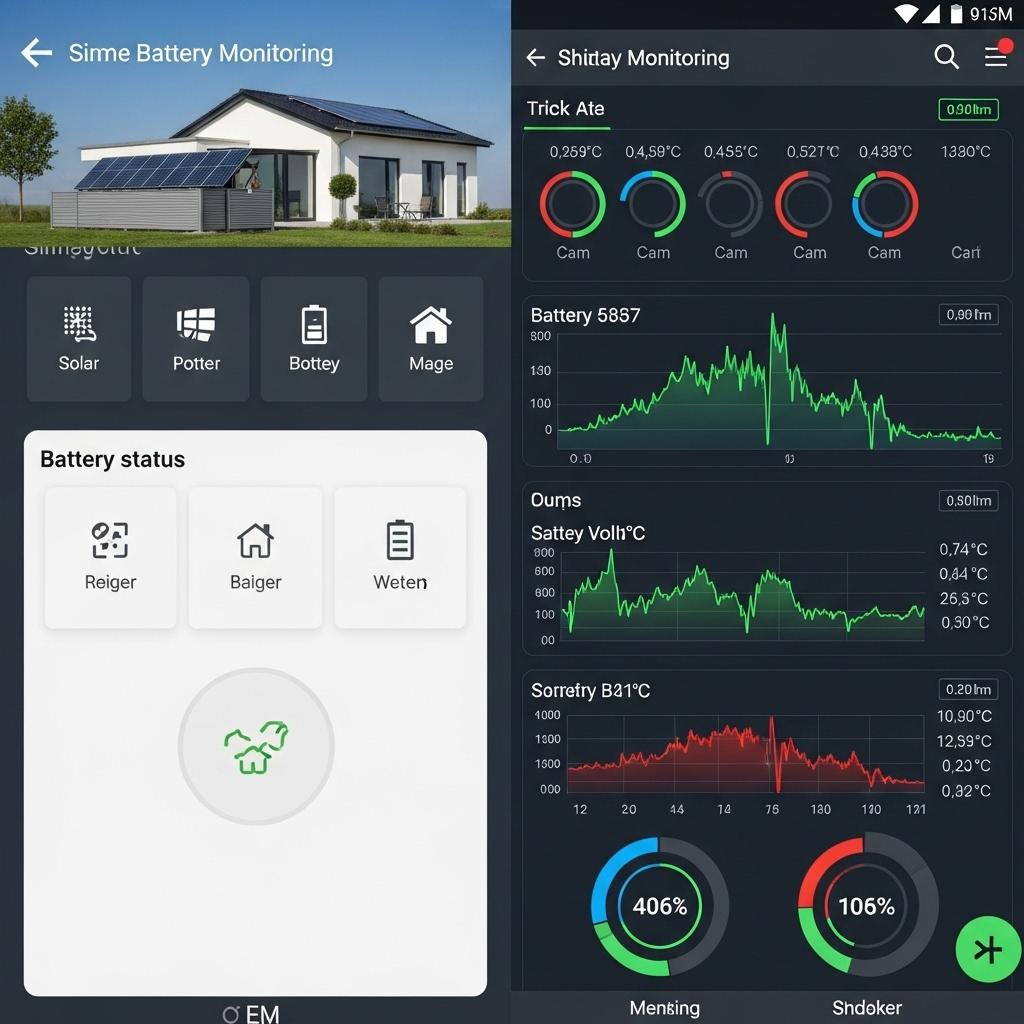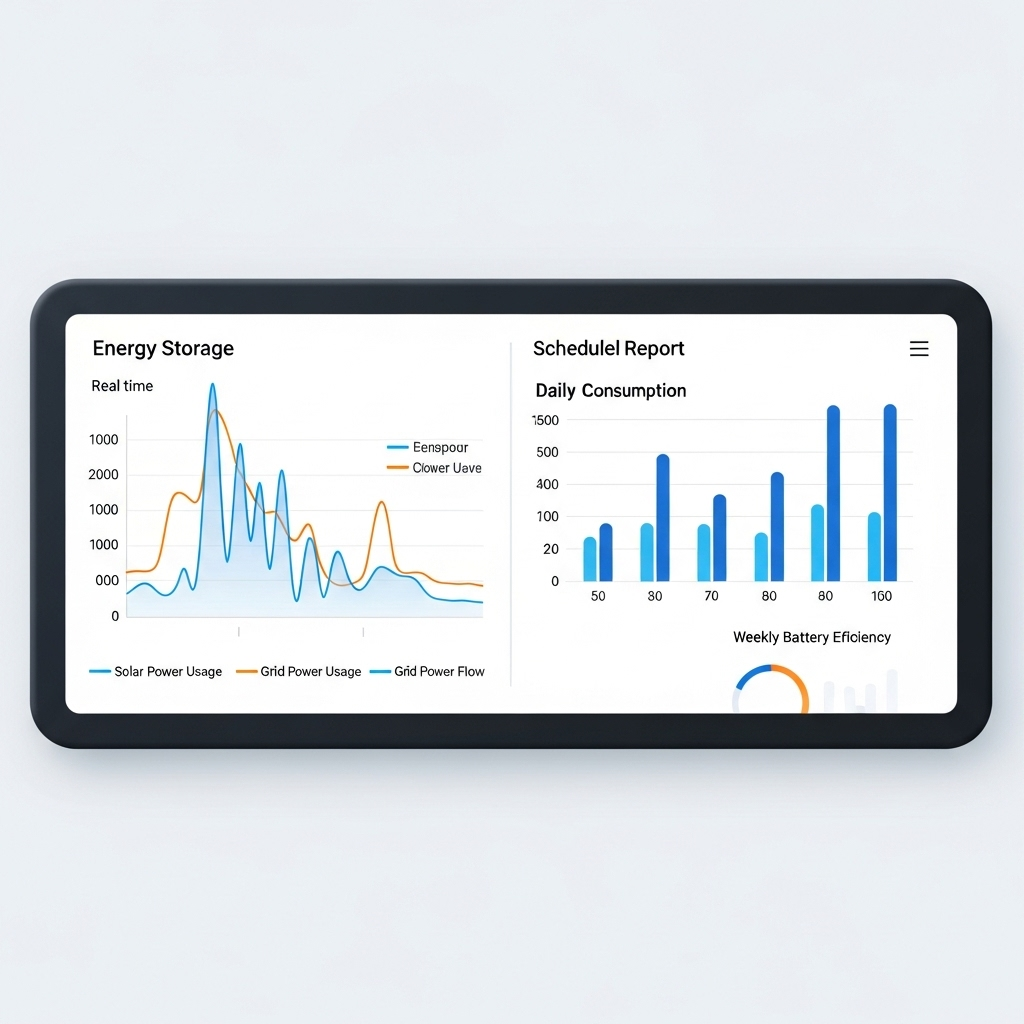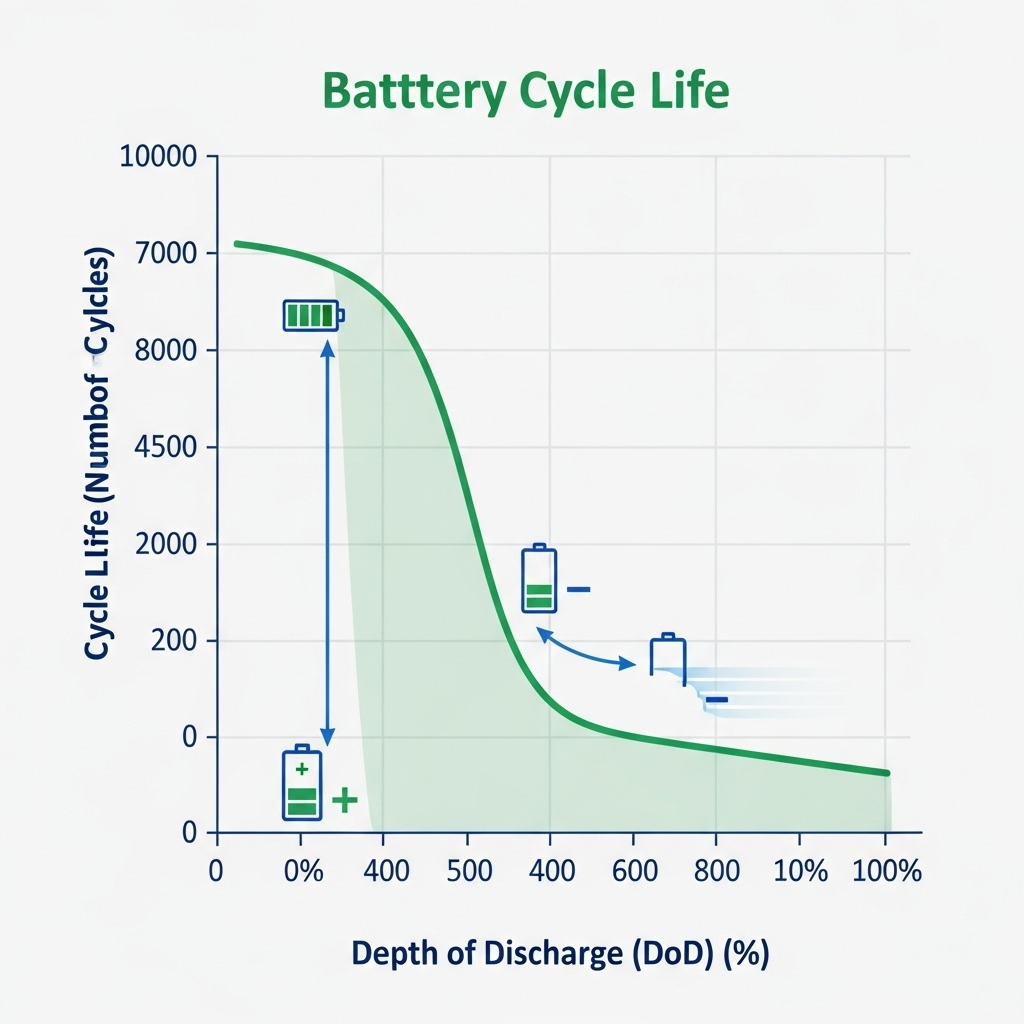Your home battery system is a significant investment in energy independence. To protect that investment and maximize its value, effective monitoring is crucial. The primary question many homeowners face is whether to use the default dashboard provided by their Original Equipment Manufacturer (OEM) or to adopt a third-party application. Each path offers distinct advantages and caters to different user needs. This analysis clarifies the differences to help you make an informed decision.
Understanding OEM Dashboards: The Manufacturer's View
OEM dashboards are the default software interfaces that come with your home battery system. They are designed by the company that built the hardware, ensuring a baseline of quality and compatibility.
Core Functionality and Design Philosophy
Manufacturers design their dashboards with simplicity and safety as top priorities. The goal is to provide a user-friendly experience for a broad audience, not just for technical experts. You will typically find essential metrics presented clearly, such as:
- State of Charge (SoC): The current percentage of your battery's capacity.
- Power Flow: A visual representation of energy moving between your solar panels, battery, home, and the electrical grid.
- Basic Production and Consumption Data: Daily or monthly totals for energy generated and used.
- System Status and Alerts: Notifications for basic errors or operational changes.
The design philosophy centers on providing at-a-glance information without overwhelming the user with complex data.
Advantages of Sticking with the OEM Dashboard
The primary benefit of using the manufacturer's app is its seamless integration. It is guaranteed to work correctly with your hardware. This direct connection is vital for warranty and support. If issues arise, the support team will use the OEM dashboard's data for diagnostics. Using unapproved software could complicate or even void your warranty coverage. Furthermore, its simplicity is a major advantage for homeowners who prefer a 'set-it-and-forget-it' approach.
Common Limitations of OEM Software
This simplicity often comes with trade-offs. OEM dashboards frequently lack data granularity. They might show you how much energy you used yesterday, but not the second-by-second fluctuations that reveal true consumption patterns. Customization is also limited; you cannot typically create your own views or track non-standard metrics. The data often exists in a 'walled garden,' making it difficult to export for independent analysis or integrate with other smart home ecosystems.
Exploring Third-Party Monitoring Applications: The Power User's Choice
Third-party applications are developed by independent software companies to interface with various energy storage systems. They cater to users who want to go beyond the basics and unlock deeper levels of data and control.
What Do Third-Party Apps Offer?
These applications connect to your battery system, often through a local network API (Application Programming Interface) or other data access methods. They pull raw data and present it in highly detailed and customizable formats. Features often include advanced data visualization tools, custom alert triggers based on specific parameters, and long-term historical data analysis that surpasses the limited scope of most OEM offerings.
Key Benefits of a Third-Party Solution
The main advantage is the depth of insight. Third-party apps can provide access to granular data points like individual battery cell voltages, internal temperatures, and precise round-trip efficiency calculations. This level of detail is critical for true performance optimization. For a complete list of important metrics, the ultimate reference for solar storage performance offers a comprehensive guide. Another key benefit is integration. You can often connect your battery data with platforms like Home Assistant, allowing for sophisticated home automation rules that manage energy based on real-time conditions.
Potential Drawbacks and Considerations
This added power comes with increased complexity. Setting up a third-party app can be more involved than simply downloading the OEM version. It may require configuring network settings or obtaining API keys. There are also potential security considerations when allowing external software to access your home energy system. Finally, it is essential to verify your manufacturer's warranty policy, as some may have specific clauses regarding the use of non-approved software.
A Head-to-Head Comparison: OEM vs. Third-Party
Choosing the right tool depends on your goals. The table below outlines the key differences between the two approaches.
| Feature | OEM Dashboard | Third-Party App |
|---|---|---|
| Data Granularity | Basic (e.g., daily totals) | High (e.g., real-time, per-second data) |
| Ease of Use | Very High | Moderate to High |
| Customization | Low | High |
| Integration Capabilities | Limited or None | Extensive (e.g., APIs, smart home platforms) |
| Cost | Usually Free | Varies (Free, One-time fee, or Subscription) |
| Official Support & Warranty | Fully Supported | No Official Support; Potential Warranty Impact |
Making the Right Choice for Your System
The best monitoring solution is the one that aligns with your technical comfort level and your objectives for your energy storage system.
For the 'Set-It-and-Forget-It' Homeowner
If your goal is to simply ensure the system is operating correctly and to review basic energy patterns, the OEM dashboard is perfectly adequate. It provides the core information you need with maximum reliability and zero complexity. It delivers peace of mind and is fully backed by the manufacturer.
For the Data-Driven Enthusiast or Prosumer
If you view your energy system as an asset to be actively managed and optimized, a third-party application is the superior choice. The detailed data it provides allows you to fine-tune performance, troubleshoot inefficiencies, and integrate your battery into a larger smart home strategy. This approach aligns with the growing trend of homeowners becoming 'prosumers'—both producing and actively managing their energy. As noted in the Electricity Storage Valuation Framework by IRENA, understanding and leveraging storage capabilities is key to unlocking its full economic and grid-support value.
A Forward Look: The Future of Battery Monitoring
The industry is gradually moving toward more open and interconnected systems. Many manufacturers are beginning to offer official, documented APIs, recognizing the demand for greater data access. This trend is crucial for enabling advanced functionalities like participation in Virtual Power Plants (VPPs). As detailed in an Innovation Outlook report from IRENA, the aggregation of distributed resources like home batteries is a cornerstone of future smart grids. Robust monitoring and control, whether through OEM or third-party platforms, will be essential for this evolution.
Final Thoughts
Ultimately, there is no single 'best' answer in the debate between OEM dashboards and third-party apps. The OEM solution offers a simple, reliable, and warranty-safe way to monitor your system's basic health. A third-party app provides the powerful tools needed for deep analysis, customization, and advanced smart home integration. Your choice depends on whether you prefer simplicity and assurance or control and optimization. Whichever path you choose, actively monitoring your home battery is the most important step toward ensuring its long-term health and performance.
Frequently Asked Questions
Will using a third-party app void my battery's warranty?
This is a critical question. While simply monitoring data in a read-only capacity is often safe, modifying system settings through an unapproved third-party app could potentially void your warranty. Always review your manufacturer's warranty terms and conditions before installing any third-party software. When in doubt, contact the manufacturer for clarification.
What technical skills are needed to set up a third-party monitoring app?
The skill level required varies significantly. Some applications offer a relatively straightforward setup process, while others may demand a basic understanding of your home network, IP addresses, and how to work with API keys. Many of the more complex tools have strong community support forums that can guide new users through the process.
Can third-party apps help me save more money?
Potentially, yes. By providing highly detailed data about your energy consumption habits and your battery's real-time performance, these apps can help you identify opportunities for optimization. This could involve shifting energy use to align with solar production or programming the system to take better advantage of time-of-use electricity rates, leading to tangible savings on your energy bills.





Leave a comment
All comments are moderated before being published.
This site is protected by hCaptcha and the hCaptcha Privacy Policy and Terms of Service apply.